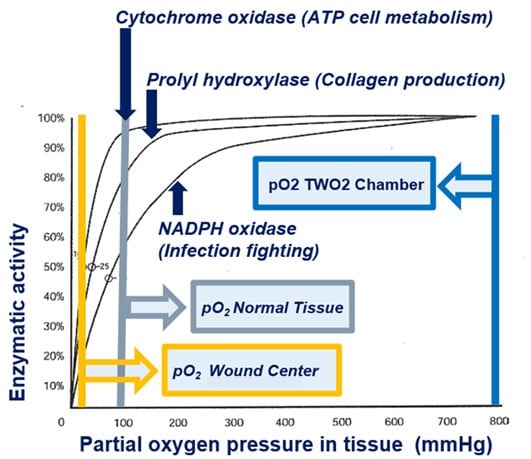Limb amputations, whether partial or complete, can have a profound impact on an individual's physical and emotional well-being. Among the various types of limb amputations, toe amputation, lower limb amputation, and metatarsal amputation are standard procedures that individuals may undergo due to different medical conditions. Understanding these procedures, their implications, and the rehabilitation process is crucial for patients and their caregivers.
Toe Amputation:
Toe amputation is a surgical procedure involving removing one or more toes. This procedure is often performed as a last resort to address severe medical conditions such as diabetes-related complications, infections, or traumatic injuries. In diabetic patients, poor circulation and nerve damage can lead to foot ulcers that may not heal, necessitating toe amputation to prevent the spread of infection.
While toe amputation is considered a relatively minor procedure compared to more extensive limb amputations, it still poses challenges for patients. Losing even a single toe can affect balance and stability, impacting a person's gait and overall mobility. Rehabilitation after toe amputation typically involves physical therapy to help individuals adjust to their altered gait and regain as much functionality as possible.
Lower Limb Amputation: A person's daily life, requiring extensive rehabilitation and adaptation
Lower limb amputation is a more extensive procedure involving the removal of a portion or the entirety of the leg below the knee or above the knee. This type of amputation is often performed due to vascular diseases, cancer, trauma, or severe infections. Lower limb amputations significantly impact a person's daily life, requiring extensive rehabilitation and adaptation.
Prosthetic limbs play a crucial role in the rehabilitation process for lower limb amputees. Advances in prosthetic technology have provided amputees with more functional and customizable options, enabling them to regain a semblance of their former mobility. Physical therapy is integral in helping individuals adapt to their prosthetic limbs, focusing on gait training, strength building, and improving overall functionality.
Metatarsal Amputation:
Metatarsal amputation involves the removal of one or more metatarsal bones in the foot. This procedure may be necessary due to conditions such as severe infections, tumors, or trauma. The metatarsals are crucial for weight-bearing and maintaining the foot arch, so their removal can impact the foot's structure and function.
Metatarsal amputation involves the removal of one or more metatarsal bones in the foot.
Rehabilitation after metatarsal amputation focuses on restoring balance and foot function. Customized footwear may be required to provide adequate support and compensate for the lost metatarsals. Physical therapy helps individuals regain strength and flexibility in the foot, facilitating a smoother adaptation to the changes in weight distribution.
Coping with Limb Amputations:
Regardless of the type of limb amputation, coping with the physical and emotional challenges is a complex process. Support from healthcare professionals, family, and friends is crucial for individuals undergoing amputation and their caregivers. Mental health support is equally essential, as limb loss often leads to feelings of grief, depression, and anxiety.
Adaptive strategies, such as learning new ways to perform daily tasks and activities, are essential for individuals adjusting to life after amputation. Peer support groups and rehabilitation programs provide a sense of community and understanding, allowing individuals to share their experiences and learn from others who have gone through similar challenges.
Conclusion:
Toe amputation, lower limb amputation, and metatarsal amputation are medical procedures that significantly impact an individual's life. Understanding the implications of these procedures and the rehabilitation process is crucial for patients, caregivers, and healthcare professionals alike. Advances in medical technology, prosthetics, and rehabilitation techniques continue to improve the quality of life for individuals with limb amputations, empowering them to lead fulfilling and active lives despite the physical challenges they face.


No comments yet